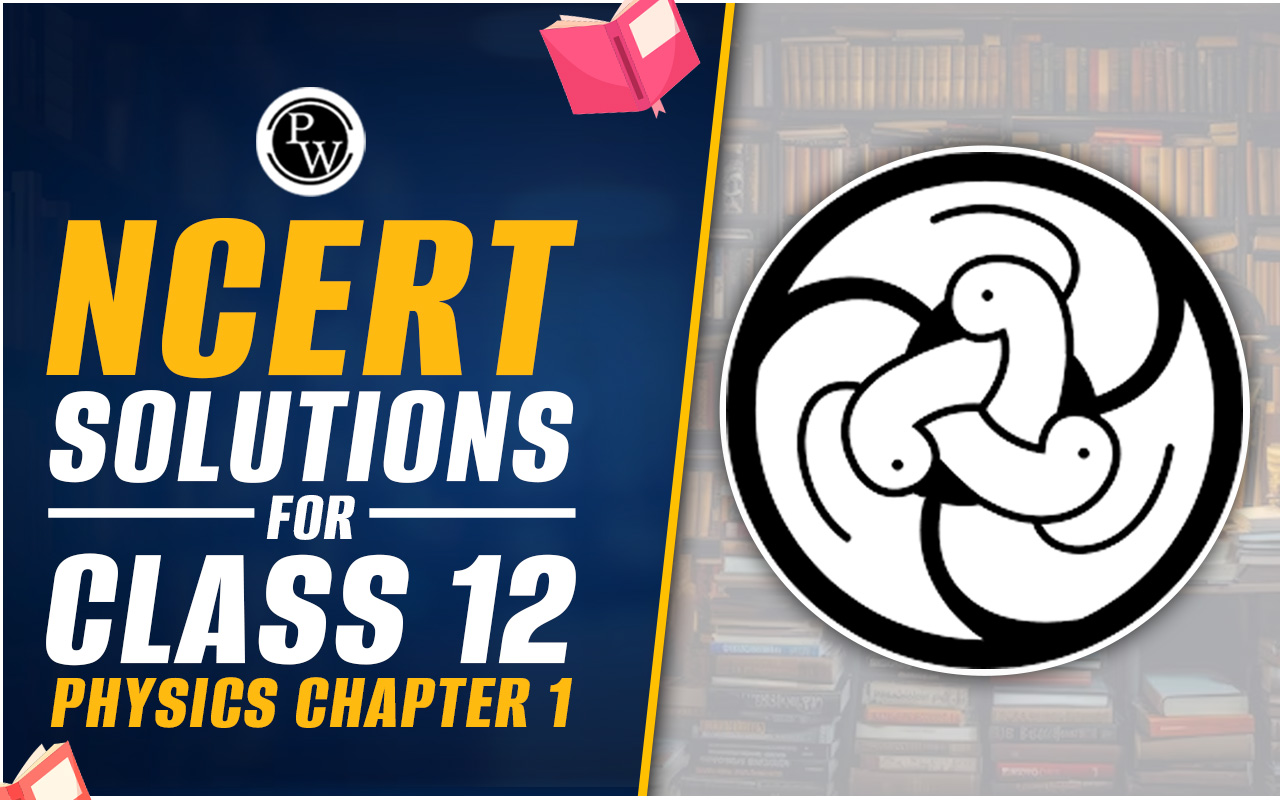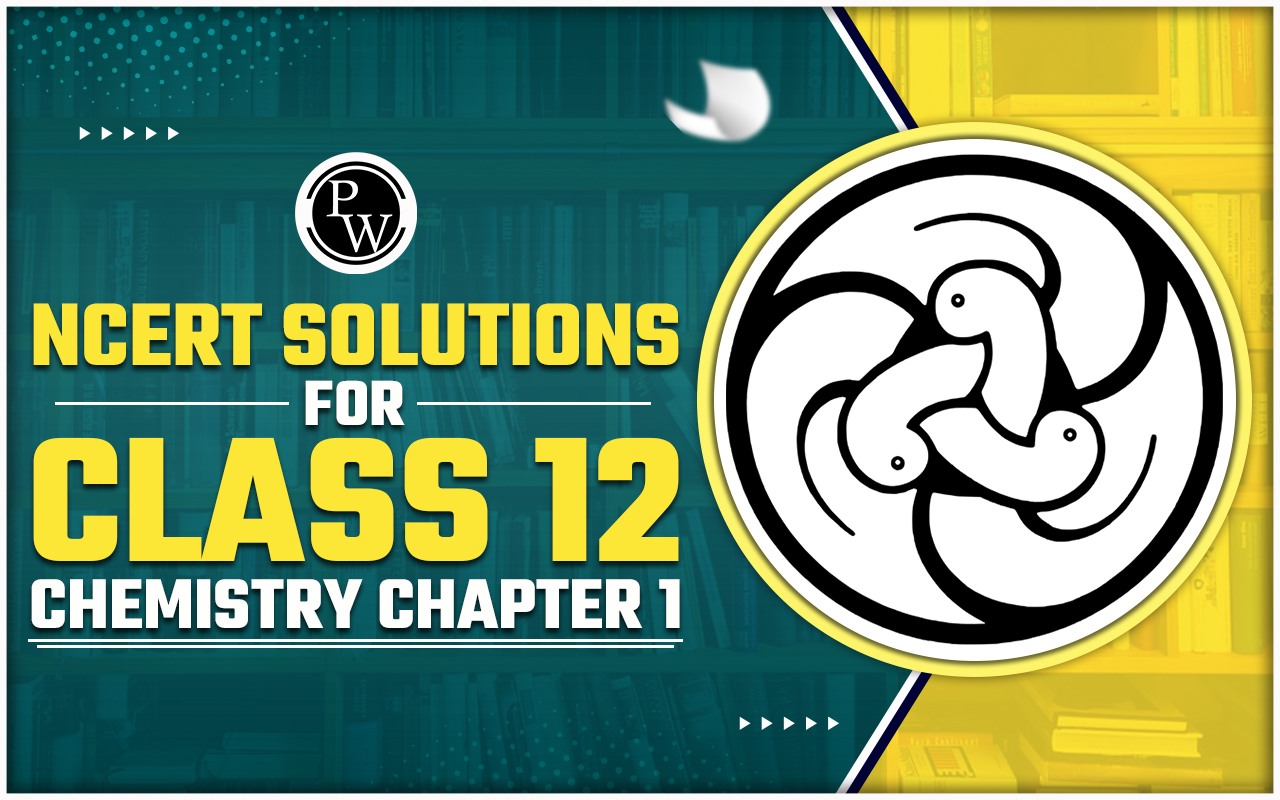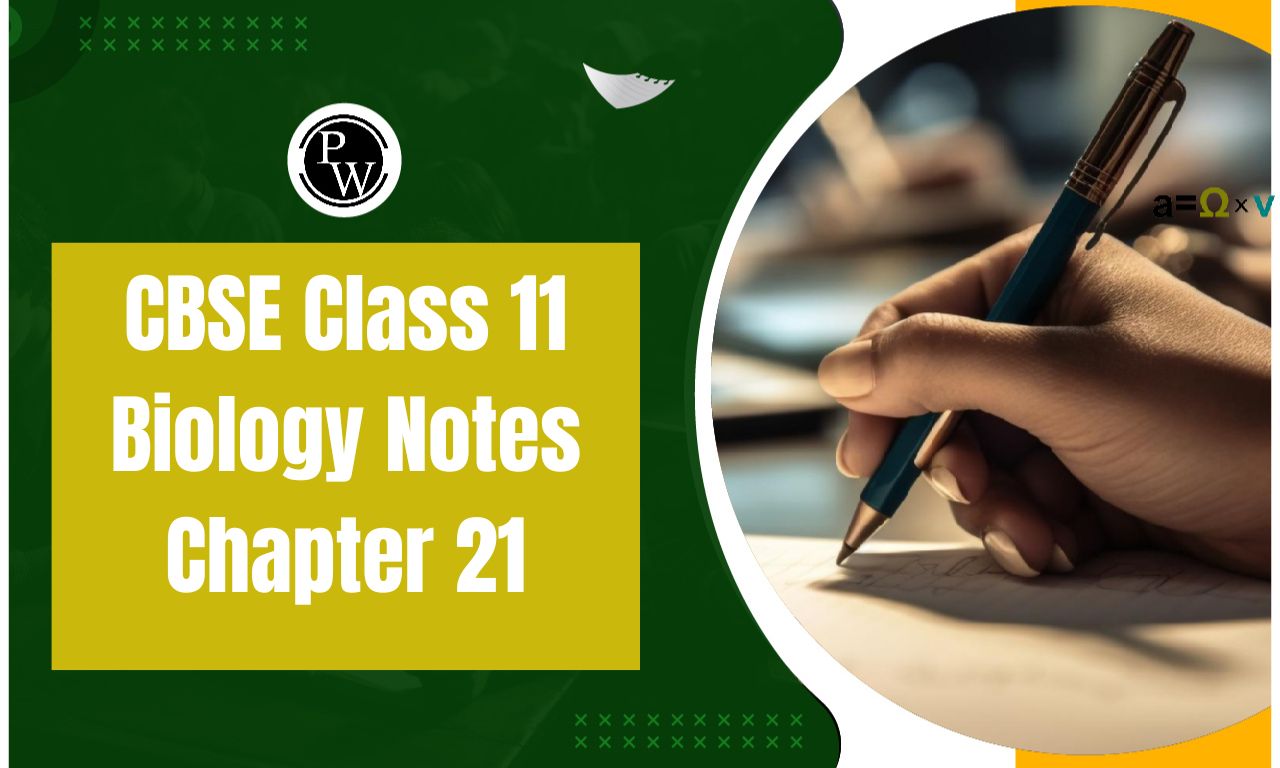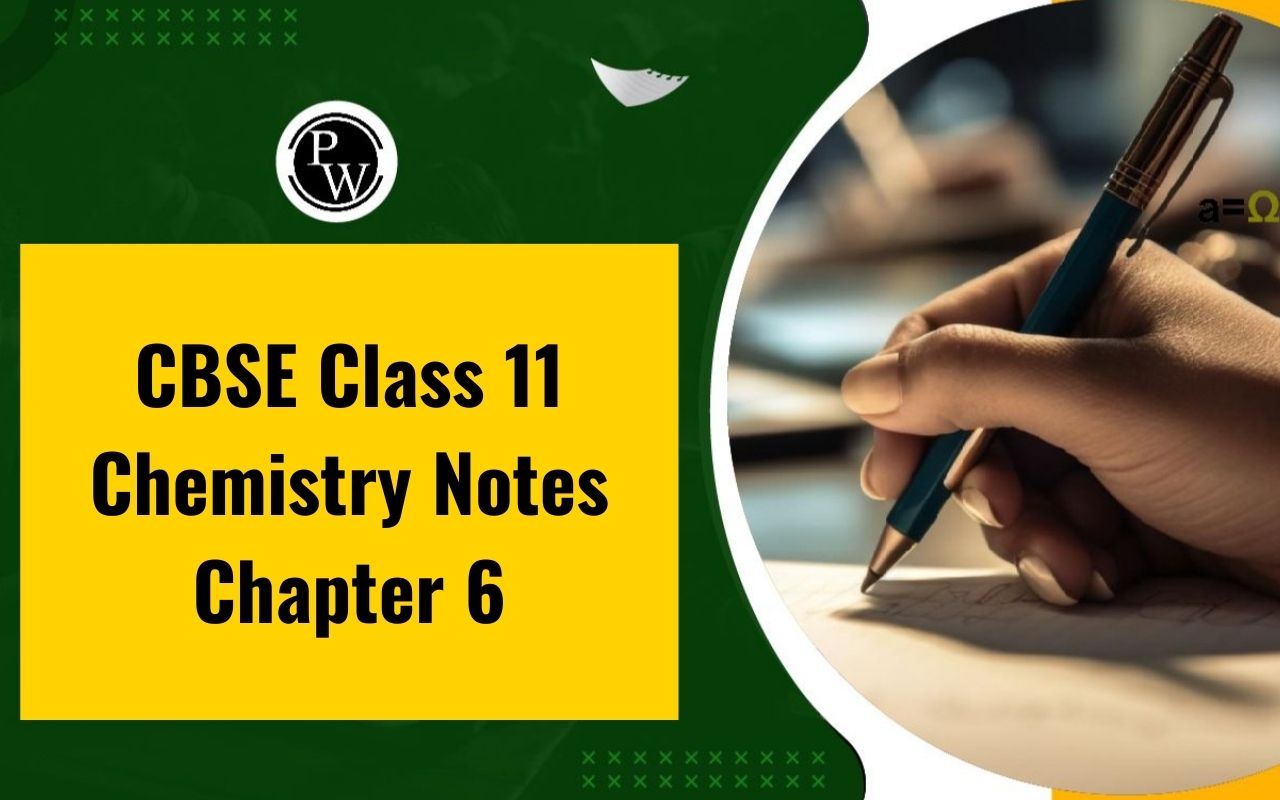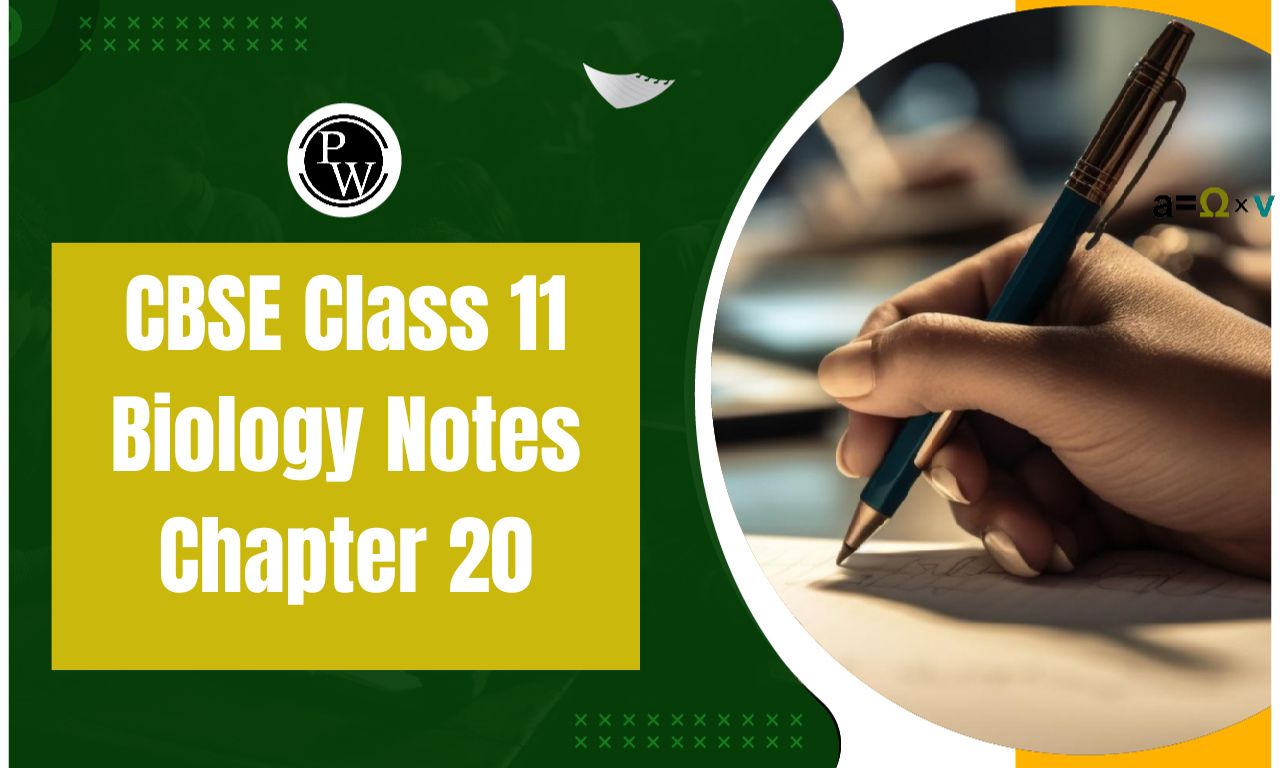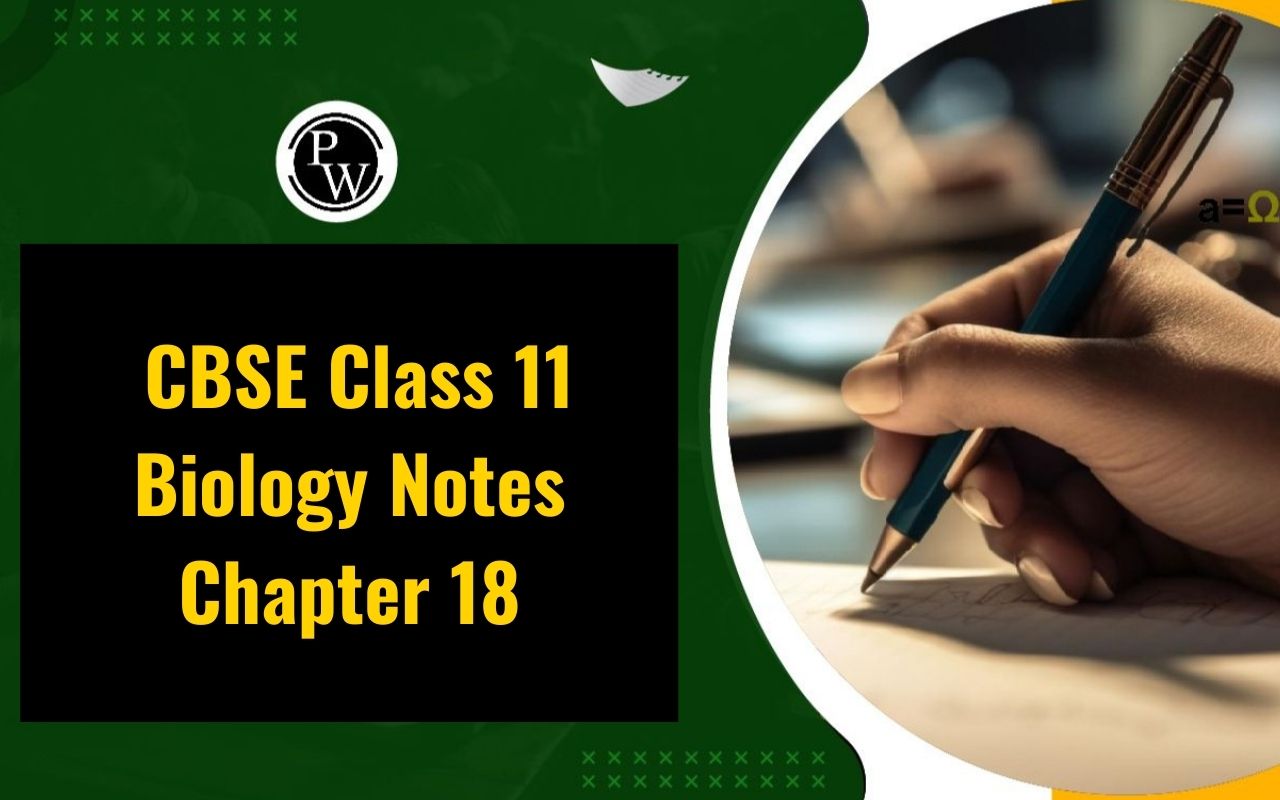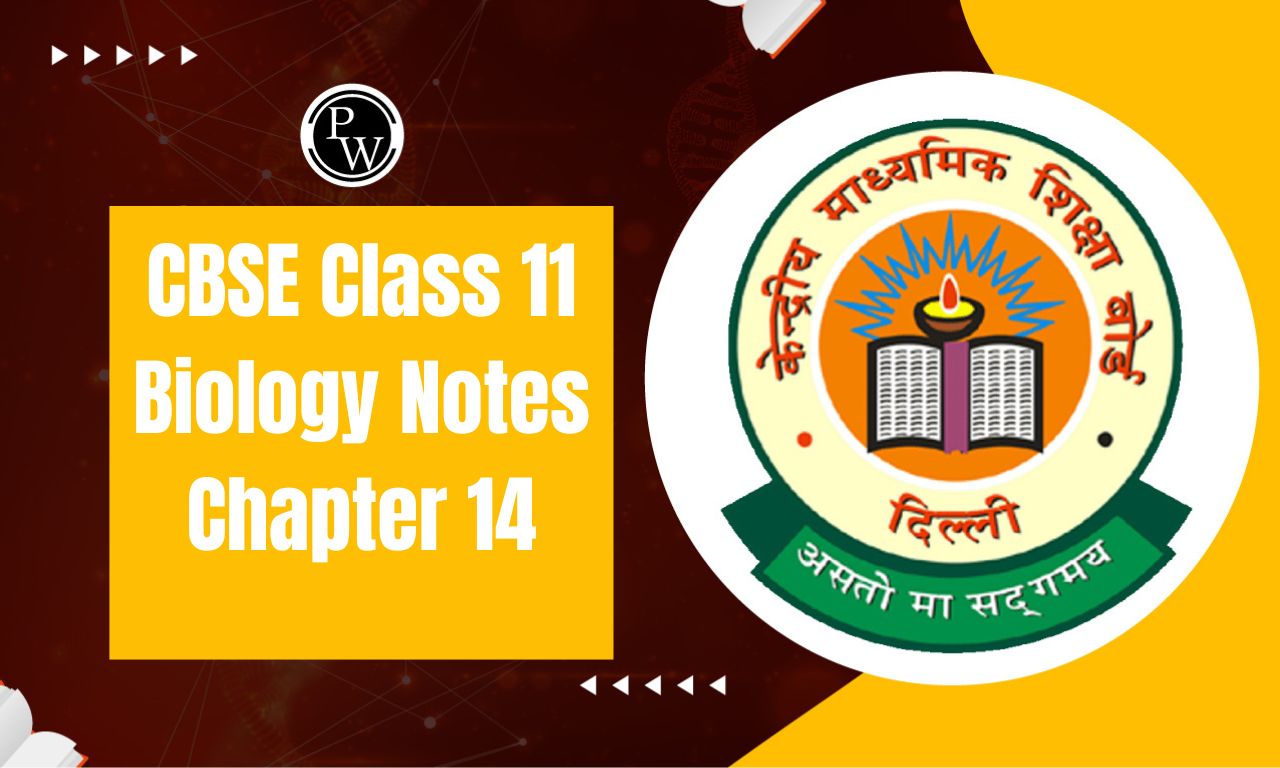
CBSE Class 11 Physics Notes Chapter 5: Students should use the CBSE Class 11 Physics Notes Chapter 5 if they need to refer to them during an exam. The application of Newton's laws of motion in real time is covered in this chapter. Proper formulas are given to students, which they can use immediately to solve exam questions. The CBSE board examination schedule states that students should study thoroughly using easily accessible here.
These Newton's laws of motion are fully comprehended with the CBSE Class 11 Physics Notes Chapter 5 . These are quite beneficial while attempting to solve complicated issues on various levels.CBSE Class 11 Physics Notes Chapter 5 PDF
To ensure they are well-prepared for their exams, Free Laws of Motion Class 11 NCERT notes PDF are available online. With years of experience, several teachers have created this PDF. They have also developed unique questions based on their understanding of the CBSE question paper. The questions in these notes are prepared with appropriate solutions for varying difficulty levels, which is a huge benefit to the students.CBSE Class 11 Physics Notes Chapter 5 PDF
CBSE Class 11 Physics Notes Chapter 5
Something that modifies a body's rest or motion is called a force. Force can also refer to an interaction between two bodies. Even when two bodies are not in direct touch, they can nonetheless exert forces on one another. Examples of these forces include the gravitational force between any two bodies and the electrostatic force between two charges.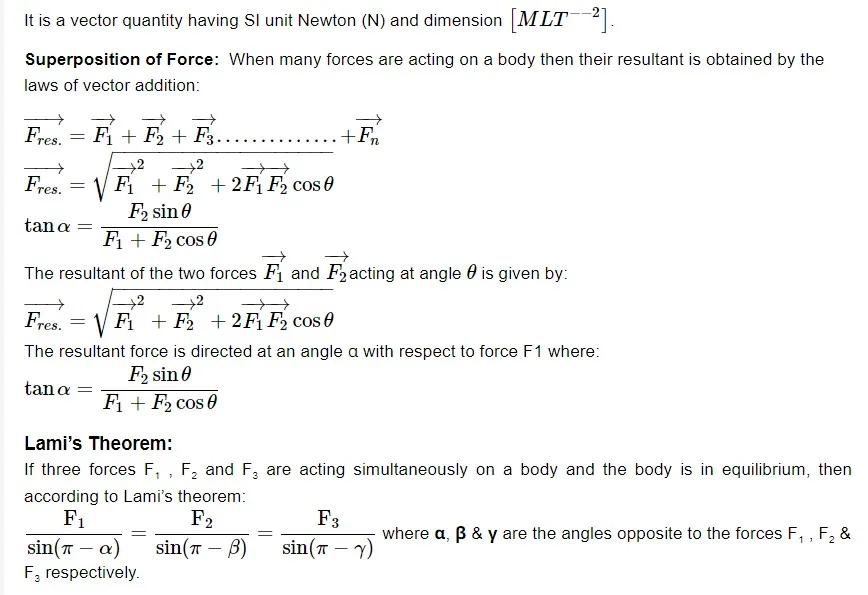
Basic Forces
Tension, weight, contact force, and spring force are the four main categories of forces. Weight: The force that draws a body towards the earth is known as weight. Another name for it is the gravitational force. Touch Force: Contact forces are the forces that two bodies apply to one another when they come into touch.- The contact force component that is normal to the surface is known as the normal force (N). It establishes the force with which two surfaces are pressed together.
- The portion of the contact force that is parallel to the surface is known as the frictional force (f). It resists the two in contact surfaces' relative motion or attempted motion.

Newton's Laws of Motion:
Newton's First Laws:
A body that is moving or at rest in a straight line won't change its state until an outside force acts upon it. This is referred to as the Newtonian First Law of Inertia. A body's inability to modify its position of rest or uniform motion in a straight line without the application of an external force is known as its inertia. Newton's first laws are only applicable in inertial frames of reference; that is, a frame of reference is considered inertial if it is at rest or moving uniformly; otherwise, it is considered non-inertial. Newton's Second Laws state that a body's rate of change of momentum is proportionate to the force that the consequent action exerts on it.
Special Cases:
Case 1:
The force simply modifies the magnitude of v→, not the direction, depending on whether it is parallel or antiparallel to the body's motion. As a result, the route will be linear.
Case 2:
The force simply modifies the direction of v→, not its magnitude, if it is operating perpendicular to the body's motion. The route will be round as a result.
Case 3:
The force modifies the direction and amount of v→ when it acts at an angle θ to the body's motion. In this scenario, the body's trajectory could be hyperbolic, parabolic, elliptical, or non-uniform circular.
Linear Momentum
It can be described as the result of multiplying the body's mass by its velocity.
Impulse
The force's impulse, which is the product of the average force at impact and the impact duration generated throughout the collision, is computed using the complete change in linear momentum. Impulsive forces are those that have brief physical effects on bodies. For instance, using a bat to strike a ball, a rifle to fire a bullet, etc. Instead of staying constant, an impulsive force fluctuates between zero and its maximum and vice versa. Because it varies over time, the value of impulsive force is therefore difficult to measure.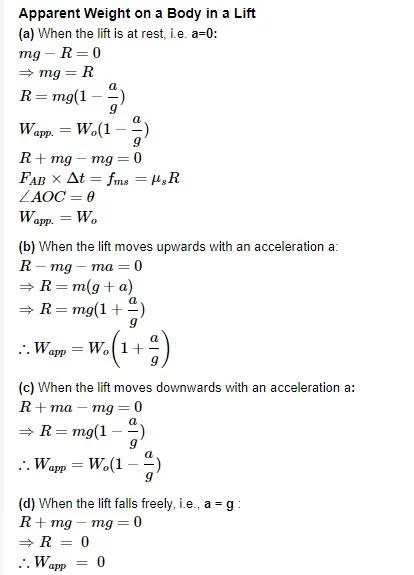
Principle of Conservation of Linear Momentum
This principle states that the vector sum of all the linear momenta in an isolated system is preserved and unaffected by the reciprocal action and response of the system's interactions. Thus, in an isolated system (one in which there is no external force), mutual forces between pairs of particles can result in changes in the linear momentum of individual particles. Because the mutual forces for each pair are equal and opposing, the changes in linear momentum cancel in pairs, leaving the overall linear momentum unchanged. Consequently, the total linear momentum of an isolated system of interacting particles is conserved. The second and third laws of motion established by Newton directly lead to this principle.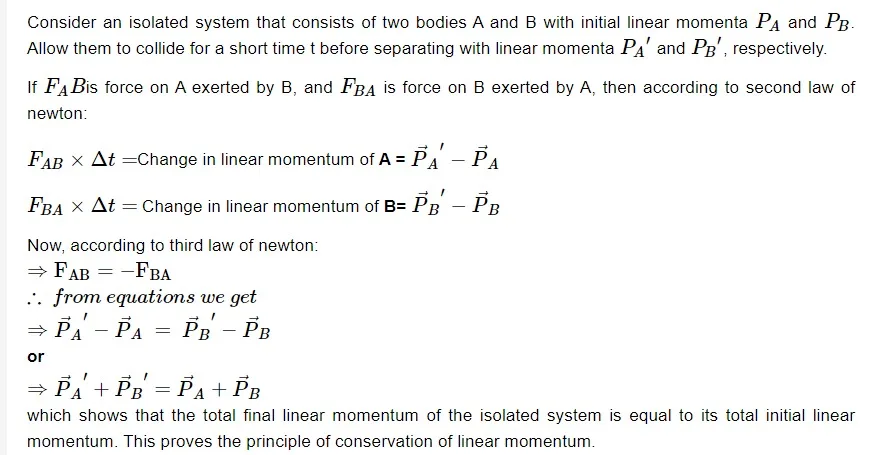
Friction
When one body actually moves (slides, rolls, or merely attempts to move over the surface of another body), friction—an opposing force—comes into play. It is the force that opposes the relative motion of two surfaces when they come into contact with one another. The contact area has no effect on frictional force. Because the force of adhesion grows as the area of contact increases. The adhesive force between two surfaces increases when they are very smooth because the molecules on the surfaces are closer to one another. when a result, when the adhesive pressure rises, so does the frictional force.Types of Friction
3 types of friction: Static, Limiting and Kinetic Friction. Static Friction: Static friction is the opposing force that develops when one body seeks to move over the surface of another body without any real motion having occurred. Limiting Friction: The greatest opposing force that is applied when one body is about to pass across the surface of the other is known as limiting friction. Dynamic friction, also known as kinetic friction, is the opposing force that arises when two bodies are really moving across each other's surfaces.Coefficient of Static Friction
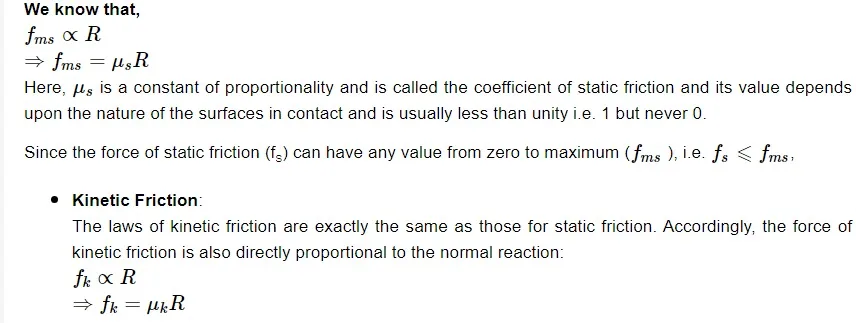
-
Rolling Friction
Benefits of CBSE Class 11 Physics Notes Chapter 5
The benefits of using Laws of Motion Class 11 Notes CBSE Physics Chapter 5 as a free PDF download help students learn, review, and prepare for exams more effectively, which improves their academic achievement. Using the notes from Laws of Motion Class 11 Students can benefit from multiple advantages when they download the free PDF version of CBSE Physics Chapter 5:- Accessibility: Students can use their preferred devices to access the class 11 Physics notes study material at any time, anywhere, by downloading the notes in PDF format for free.
- Extensive Coverage: The notes offer a succinct yet thorough synopsis of the chapter, encompassing all the essential ideas about laws of motion.
- Simplified explanations: Complex concepts are made easier to comprehend and remember by providing examples and simplified explanations in the notes.
- Time-saving: Students may concentrate on better understanding the material by taking notes in less time while using the PDF format.
CBSE Class 11 Physics Notes Chapter 5 FAQs
What are the 3 laws of motion Class 11 notes?
What is the 5th chapter of physics class 11?
Which chapter is very important in physics class 11?



